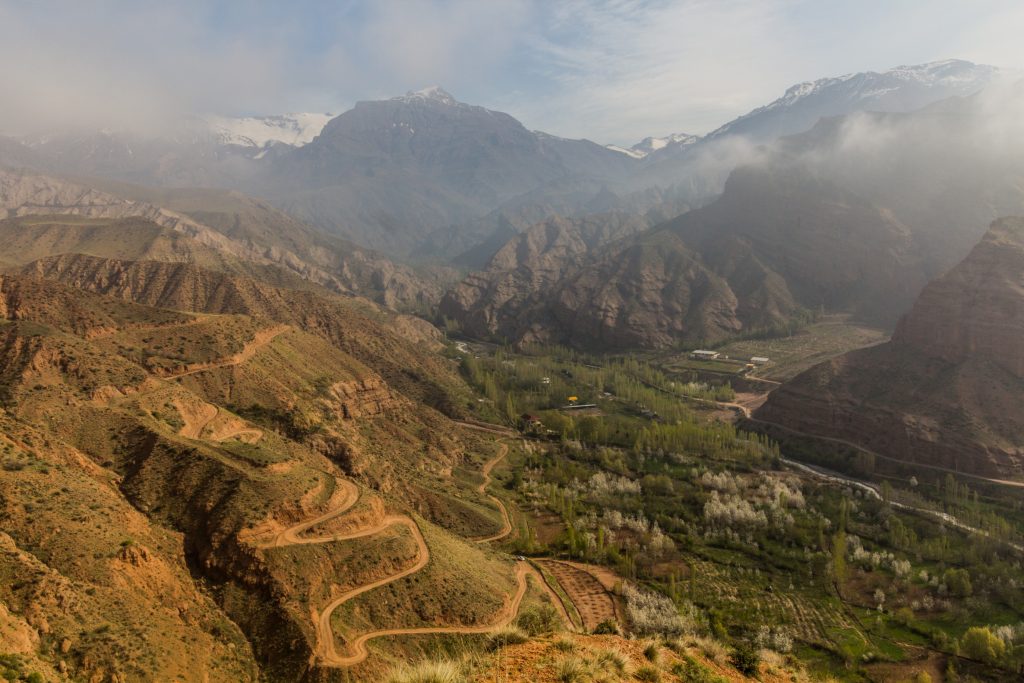Located in the Alamut region in the Alborz Massif, Alamut Castle is a ruined mountain fortress in the south of the Caspian Sea, near the city of Qazvin, 100 kilometers from Tehran, in presentday northwest Iran. Alamut Castle was first constructed in the 9th century by Wahsūdān ibn Marzubān, a Justanid ruler of Daylam. At an altitude of 2163 meters above sea level and 200 meters above the surrounding grounds, there are precipices and steep slopes on all four sides of the fort, which made it difficult for the enemy to reach. It was constructed in such a way that it only had one passable entrance that wound its way around the cliff, making the fortress difficult to conquer. This was until a man named Hassan-i Sabbah was able to break through. He led a refortification of the castle which made it even more unassailable. Alamut Castle became his impenetrable fortresses. Hassan and his Ismailis were followers of Imam Nizar who advocated an esoteric knowledge of the Qur’an. Marco Polo popularized the legend of Alamut and his “Assassins”, “those who are faithful to the“foundation” of the faith”. In 1256, the fortress of Alamut surrendered without a fight to Hulagu Khan’s Mongol army which was sweeping Iran. The castle was destroyed. An earthquake shuttled the remains. The Castle still holds a lasting importance for the strong history it carries within its ruins.

